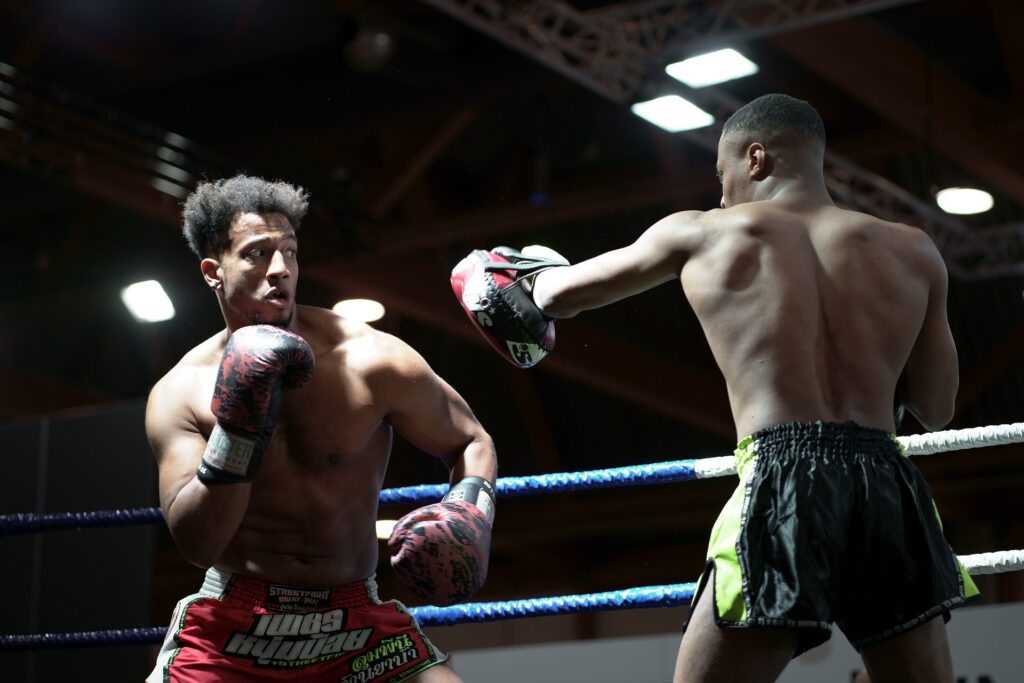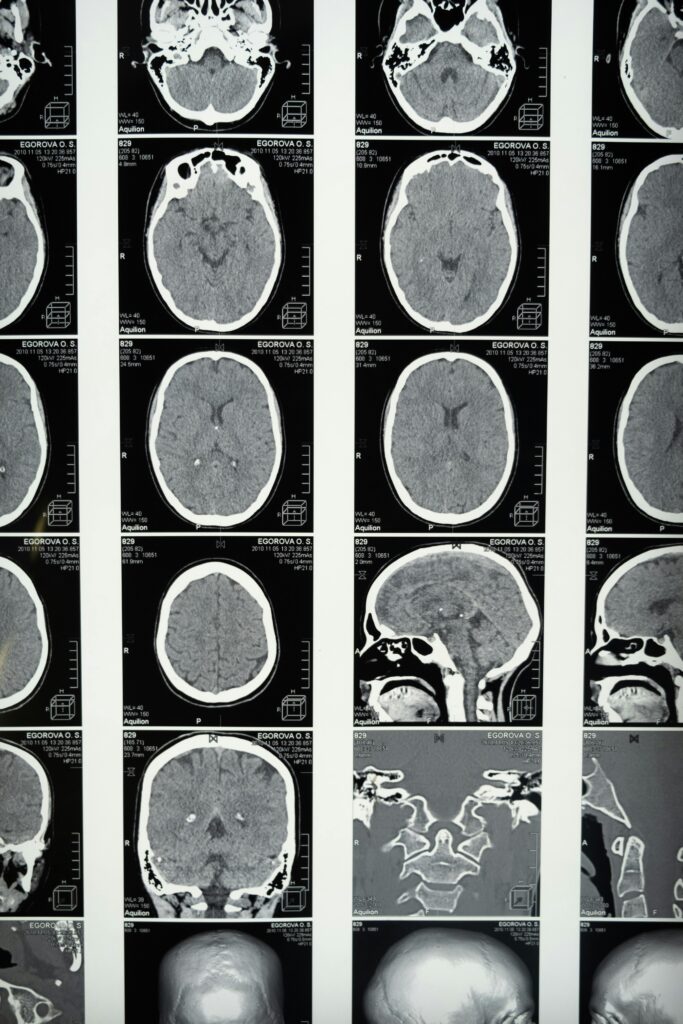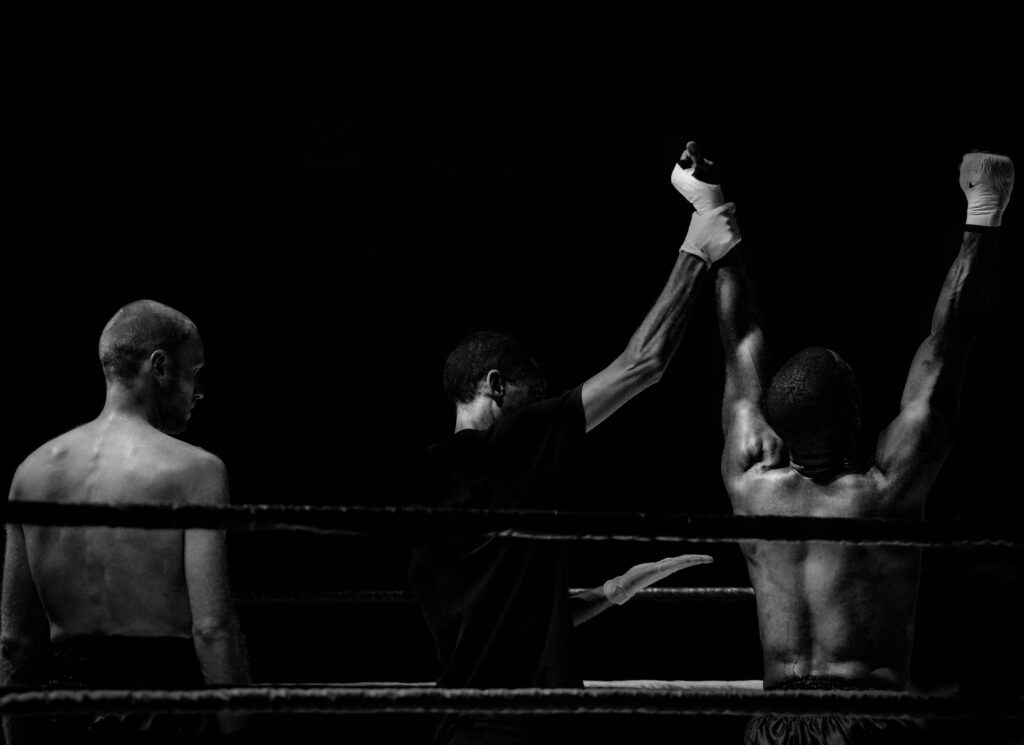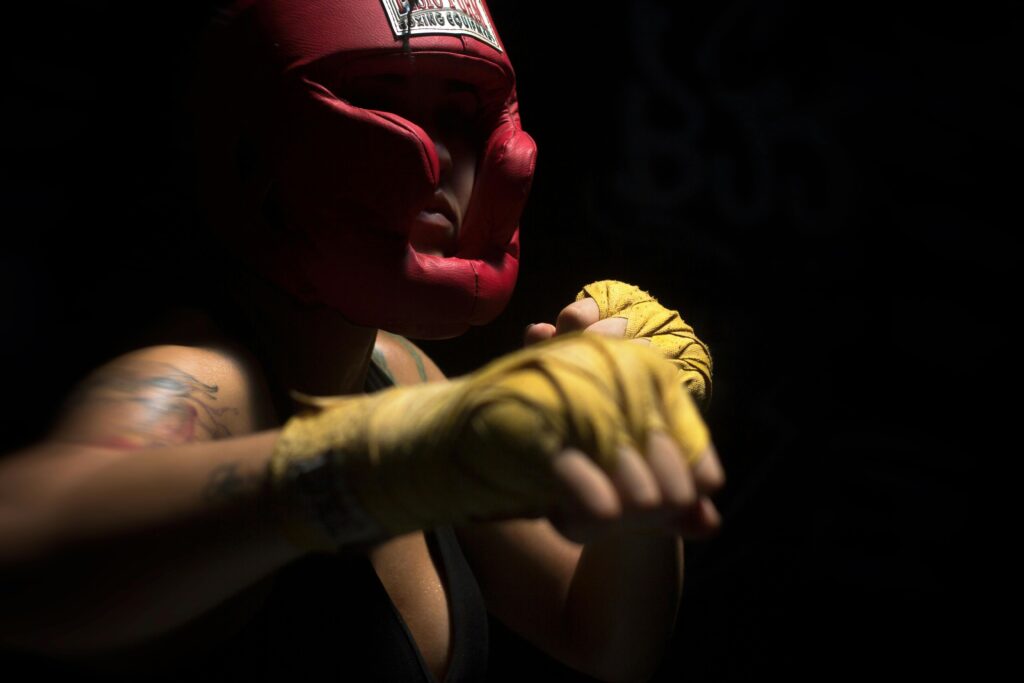Boxing is a high-intensity sport that demands discipline, skill, and resilience. However, its impact on brain health, especially when it comes to sparring, has raised concerns for decades. Sparring, a crucial part of training, is often considered a safer alternative to actual matches. But does it truly protect athletes from brain damage?

Research suggests that sparring, too, can lead to brain injuries—both short-term and long-term. In this blog, we dive into the scientific evidence surrounding boxing sparring and its potential risks, along with ways to minimize the dangers.
Understanding Brain Damage in Boxing Sparring
Boxing sparring involves repeated blows to the head and body, mimicking real fight scenarios. Even though protective gear is used and intensity is controlled, the risk of head trauma remains.
Brain injuries from sparring typically fall into two categories:
1. Acute Brain Injuries (Immediate Effects)
These include concussions and sub-concussive impacts, which may not cause noticeable symptoms immediately but can still harm brain cells.
2. Chronic Brain Injuries (Long-Term Effects)
These injuries develop over time due to cumulative trauma, potentially leading to conditions like Chronic Traumatic Encephalopathy (CTE) or dementia.

Research Evidence on Brain Damage in Sparring
1. Acute Effects of Sparring
Concussions and Sub-Concussive Hits
A 2013 study in the Journal of Neurotrauma analyzed the impact of sub-concussive blows on amateur boxers and found evidence of temporary cognitive impairment. These effects included slower reaction times and reduced memory function, suggesting that even sparring sessions—less intense than professional bouts—can harm brain function.
2. Chronic Effects of Repeated Blows
Chronic Traumatic Encephalopathy (CTE)
CTE is a degenerative brain disease associated with repeated head trauma. While most research focuses on professional boxers and football players, studies show that amateur and sparring-level fighters are also at risk.

A 2017 study published in Acta Neuropathologica analyzed the brains of deceased contact-sport athletes and found clear evidence of CTE, even in those who had never fought professionally. Researchers observed that repeated sub-concussive blows from sparring can trigger progressive brain degeneration.
Brain Volume Reduction
MRI studies in retired boxers, published in the Journal of Neuroimaging (2020), revealed significant reductions in brain volume, especially in the frontal and temporal lobes. These areas are responsible for decision-making, memory, and emotional regulation, and these changes are believed to result from years of repetitive head trauma—including during sparring.
Punch Drunk Syndrome (Dementia Pugilistica)
Dementia pugilistica, also known as “punch drunk syndrome,” manifests as slurred speech, impaired coordination, and memory loss. A 2019 study in the British Journal of Sports Medicine reported that early signs of this condition could even appear in amateur boxers who spar frequently.
Protective Gear: How Effective Is It?

Many believe that wearing headgear during sparring can reduce the risk of brain damage. While protective gear can prevent superficial injuries like cuts or bruises, it has limited effectiveness in preventing brain trauma.
- A 2020 study in Frontiers in Neurology found that headgear does not significantly reduce rotational forces, which are the primary cause of concussions and brain injuries.
- Mouthguards help absorb some shock but cannot prevent the cumulative effects of repeated blows.
Minimizing Risks in Sparring
While sparring is essential for boxing training, it is crucial to implement safety measures to reduce the risk of brain injuries. Here are evidence-based recommendations:
1. Limit Sparring Frequency and Intensity
- Avoid frequent hard sparring sessions.
- Focus on light, technical sparring that prioritizes skill development over power.
2. Improve Defensive Techniques
- Prioritize head movement, blocking, and footwork to reduce the number of hits taken.
3. Monitor for Symptoms
- Watch for warning signs of brain injury, such as headaches, dizziness, or difficulty concentrating.
- Seek medical evaluation after significant blows to the head.
4. Ensure Proper Recovery
- Allow adequate time between sparring sessions for the brain to recover.
- Rest completely after a concussion—returning to training too soon can worsen the damage.
5. Invest in Quality Gear
- Use high-quality headgear and mouthguards to reduce superficial injuries.
6. Regular Neurological Check-Ups
- Periodic brain scans and cognitive tests can help detect early signs of brain damage.
The Role of Coaches and Organizations
Coaches are vital in safeguarding athletes by setting guidelines for sparring. Organizations like USA Boxing have introduced measures to limit head trauma, including:
- Restricting the number of rounds and the intensity of sparring.
- Encouraging the use of softer gloves and improved protective gear.
- Educating boxers on the risks of brain injuries and the importance of early detection.
Conclusion
Boxing sparring, while essential for skill development, does carry a risk of brain damage. Scientific evidence indicates that even sub-concussive blows can lead to long-term cognitive and neurological issues. However, with proper precautions—such as limiting sparring intensity, wearing protective gear, and monitoring symptoms—athletes can reduce these risks.
Ultimately, the safety of sparring relies on responsible training practices and awareness of potential dangers. By prioritizing health and safety, boxers can continue to enjoy the sport while minimizing the risk of serious brain injuries.

